by Adeola Balogun
What we do want is an improvement in the supply of electricity in our homes. For now, the NERC has to continually maintain the balance in keeping both investors and consumers happy.
It is no longer news that a new electricity tariff regime has taken off with effect from June 1 2014. The new tariff is a result of the six monthly reviews as expected by law. While you may not agree with the review, you may want to know how it affects you as an individual.
Before now your electricity tariff for each month equals:
Fixed Charge + Energy Charge/Unit (no of units used) + Maintenance Charge.
With the review, the maintenance charge on meters has been completely eliminated. Henceforth, tariffs will now be charged under two headings.
1. Fixed charge: this is a monthly fee you are expected to pay whether you use electricity or not. There is a law that states you don’t have to pay this charge if you do not have power continuously or cumulatively for 15 days in a month. In the period under review the fixed charge dropped by half in most areas.
2. Energy charge: this is charged in units. This is the amount of electricity you use each month. This is the tariff that was increased in most areas.
So the new formula for calculating your energy bill will be: Fixed Charge + Energy Charge/unit (no of units used)
Let’s make this even more practical. Mr. Okonkwo who lives in an R2 area under Eko Disco used 20 units for the month of June his bill for the month will read:
N750 + 15.63 x 20
N750 + 312.0
N1,062
Before now, this would have been Mr. Okonkwo’s bill
N1125 + 12.87 x 20
N1125 + 257.4
N1,382
In the whole, Mr. Okonkwo’s bill has actually reduced even though he has a slight increase in energy bill.
There is more. Consumers within the R1 class, the class where the Nigerian masses fall, have had the fixed charge completely eliminated from their monthly bills. For such users, their electricity bill for the month would be:
Energy charge/unit (no of units used)
So, if Mr Okonkwo lives in the R1 class of Eko Disco, his bill for the month of June would be
N4 x 20 = N80
Here are a few more changes from the National Electricity Regulation Commission that you may like to take note of:
1. The fixed charge for R2 customers has mostly been slashed in two: the highest fixed charge R2 customers will pay in some areas is N781 as opposed to N1500 earlier.
2. The slight increase in energy price does not affect anyone. In fact, residents in Lagos who use the Ikeja Disco are not affected at all, while R2 customers who use Eko Disco are affected. They will now pay N2.76 more per unit of energy.
3. The areas mostly affected by increase in energy charge are:
a. R2 consumers in Abuja by N1.55
b. R2 consumers in Benin by N2.88
c. R2 consumers in Enugu by N0.87
d. R2 consumers in Ibadan by N2.55
e. R2 consumers in Jos by N2.43
f. R2 consumers in Kaduna by N1.64
g. R2 consumers in Kano by N2.03
h. R2 consumers in Port Harcourt by N2.18
i. R2 consumers in Yola N2.22
In all, the new energy rates seem to have been so balanced off by elimination of other charges that it generally does not create a huge dent in the pockets of the R2 customers it affects. Perhaps, after reading this, you may be saying to yourself that there was really no reason to make such a huge issue of the increase in tariffs anyway.
What we do want is an improvement in the supply of electricity in our homes. For now, the NERC has to continually maintain the balance in keeping both investors and consumers happy.
———————–
Op-ed pieces and contributions are the opinions of the writers only and do not represent the opinions of Y!/YNaija.






Leave a reply